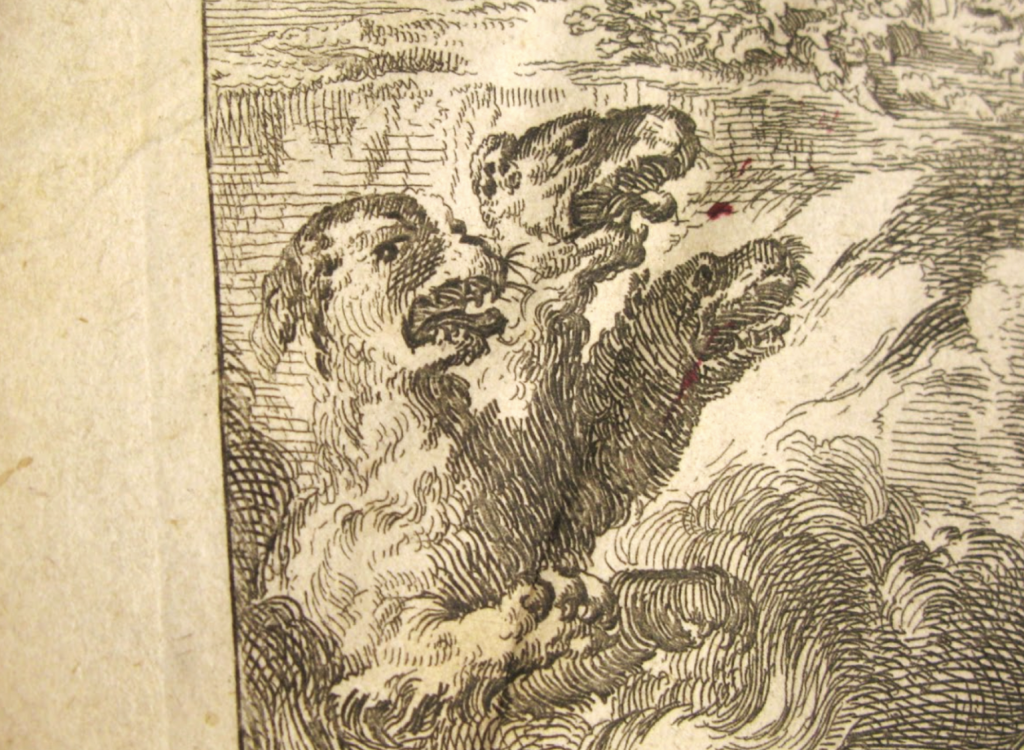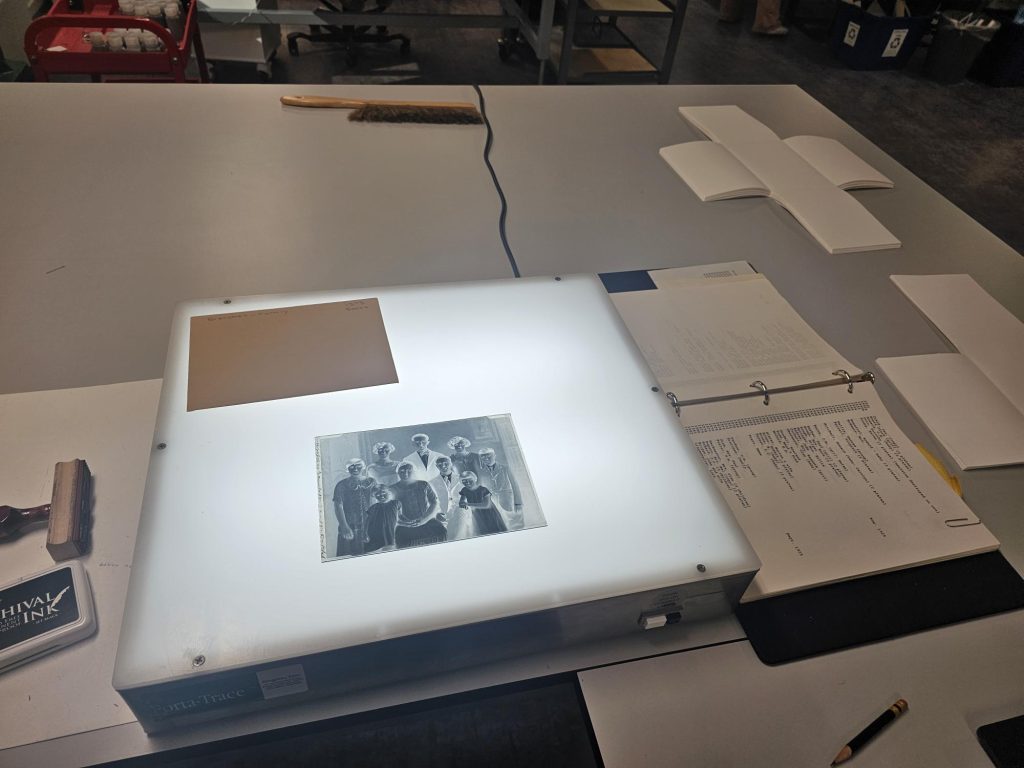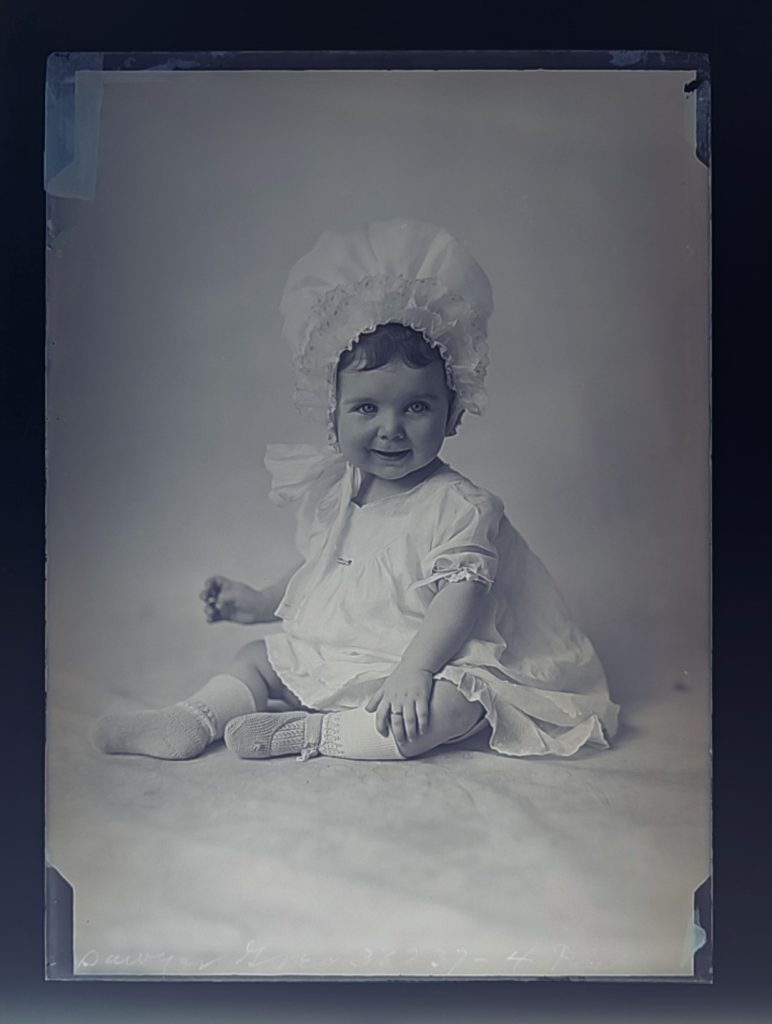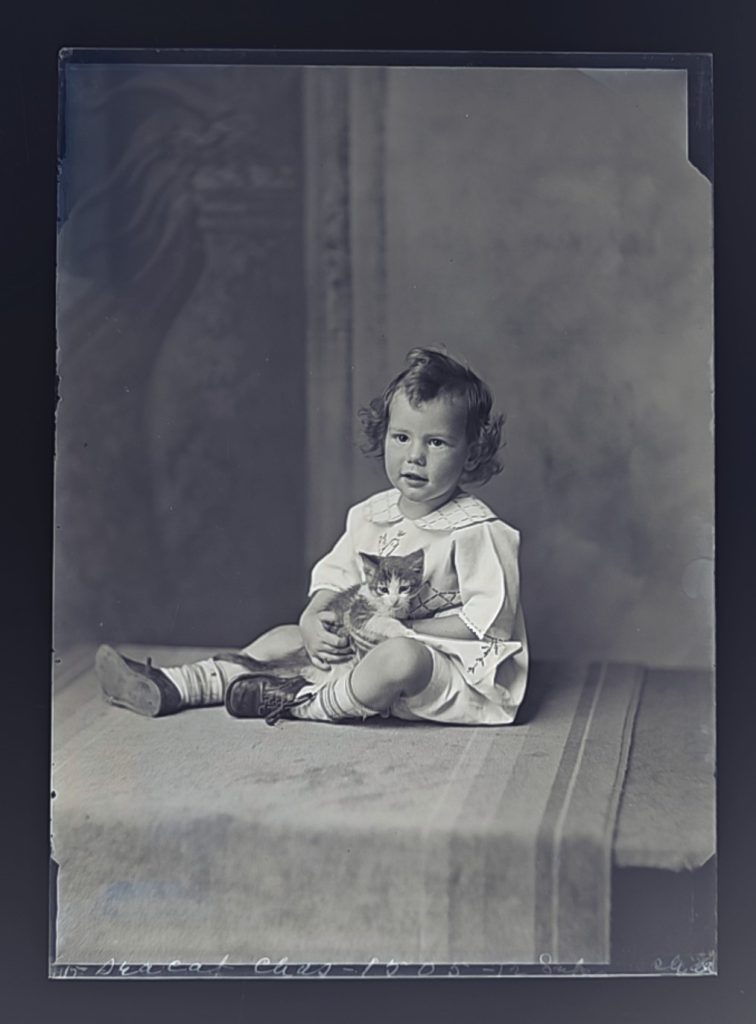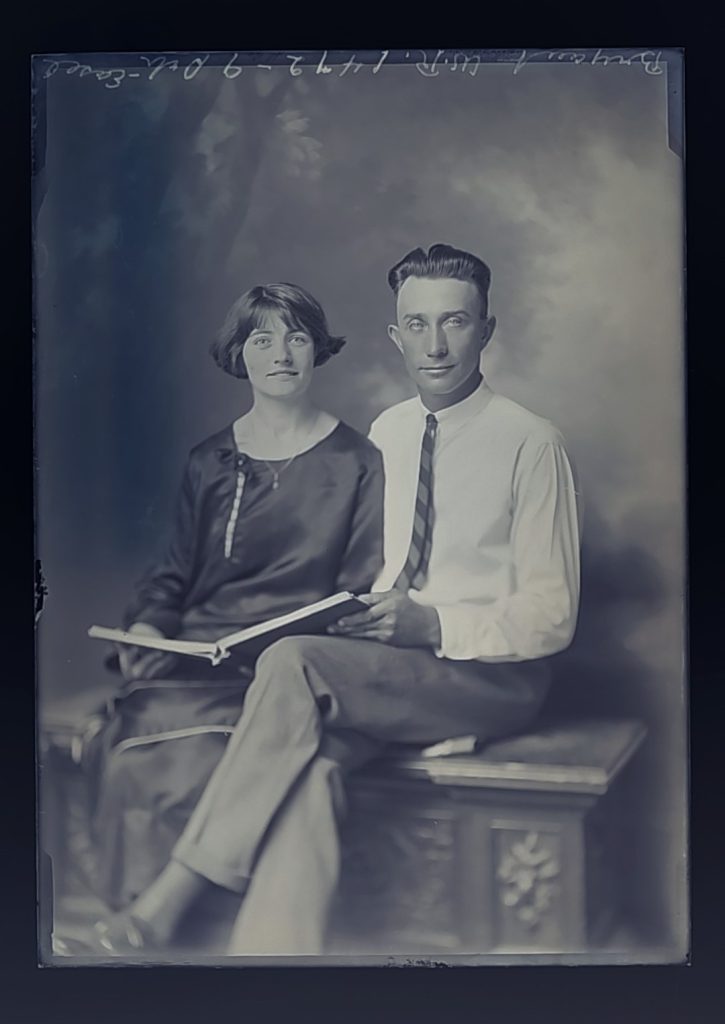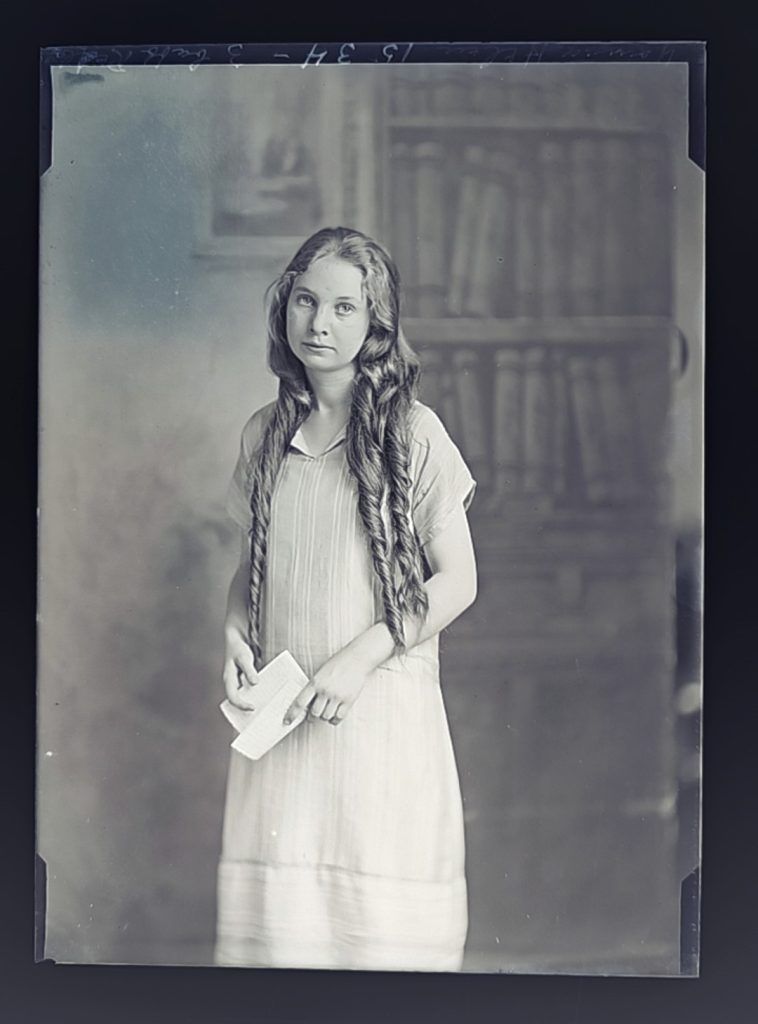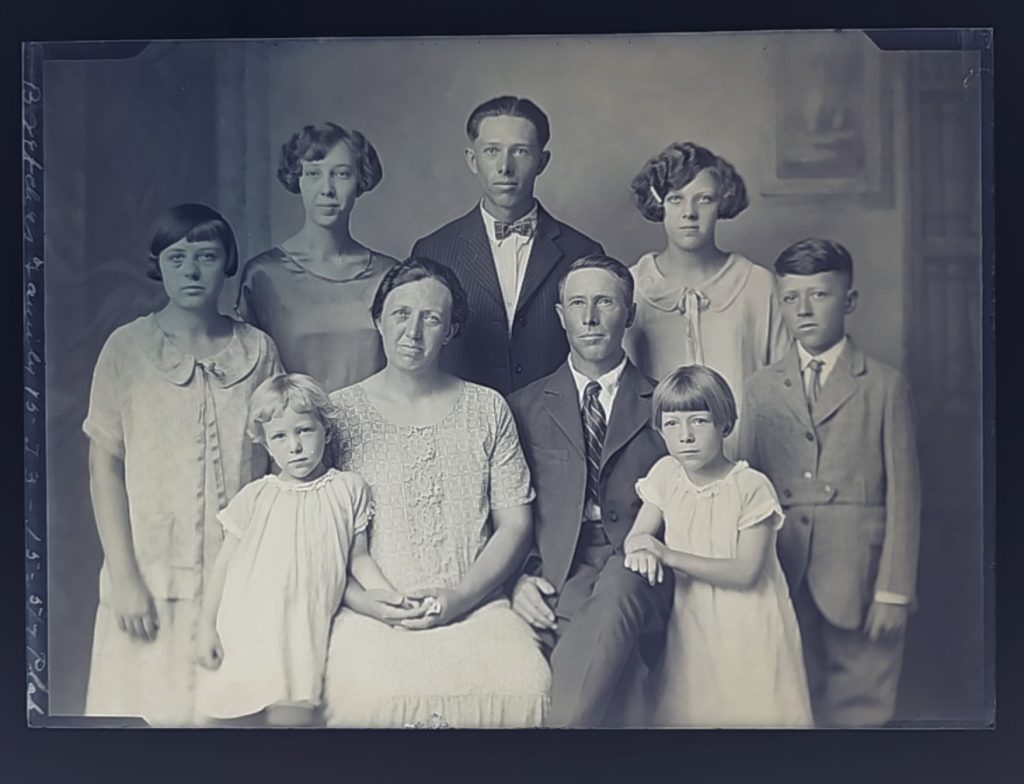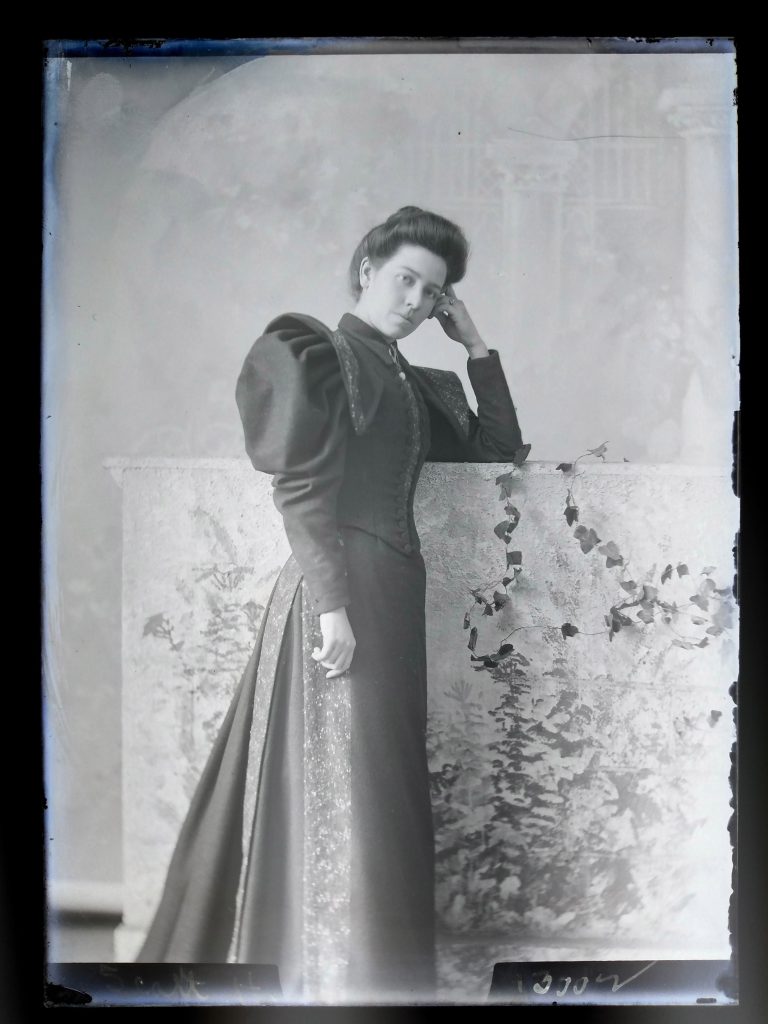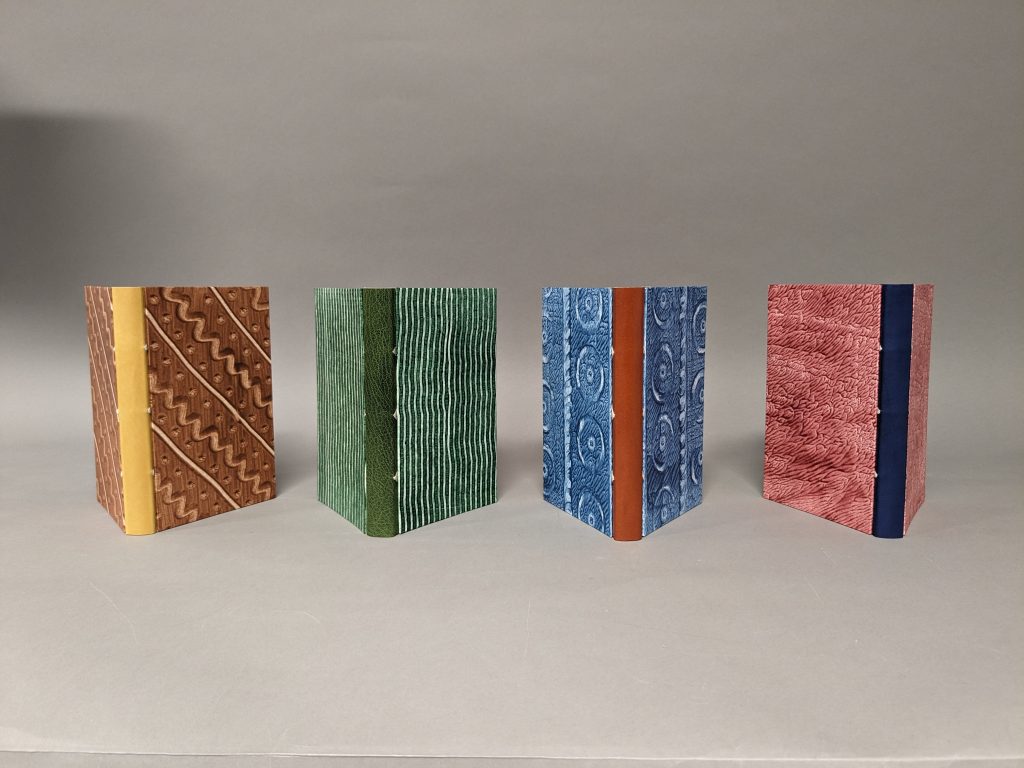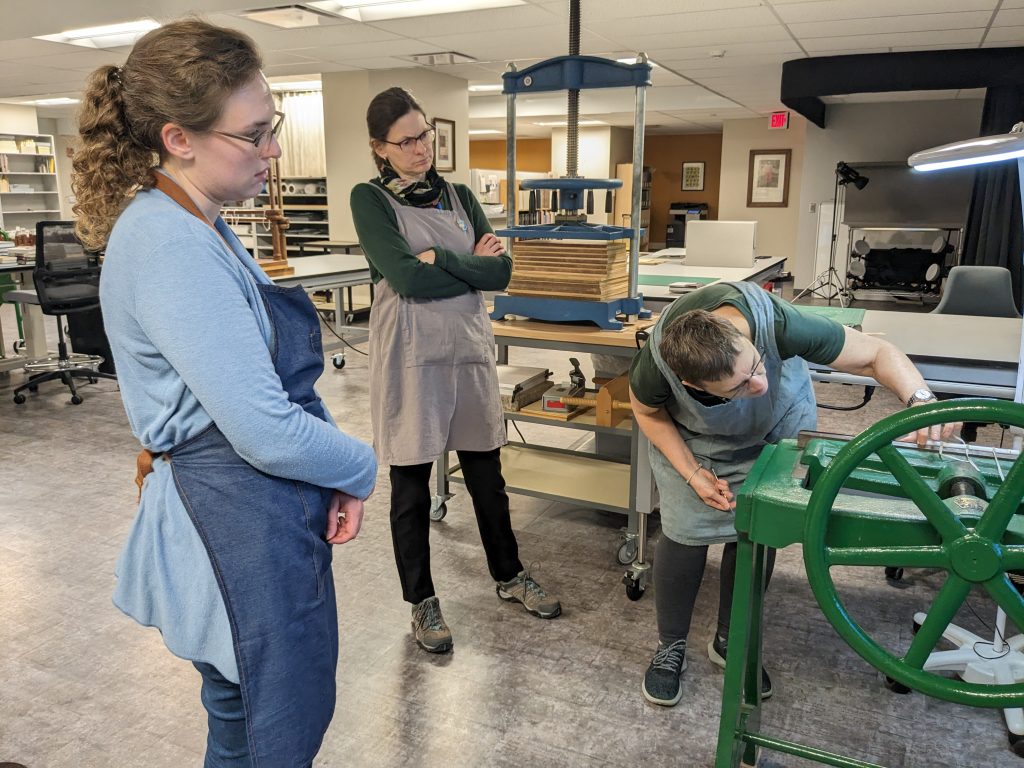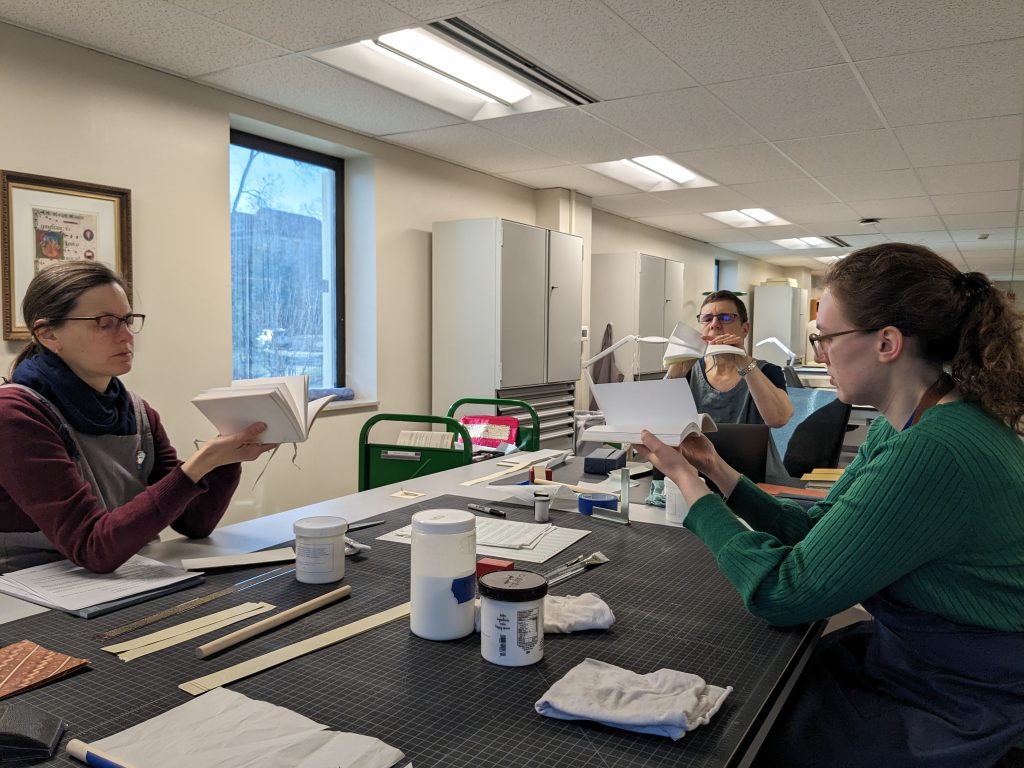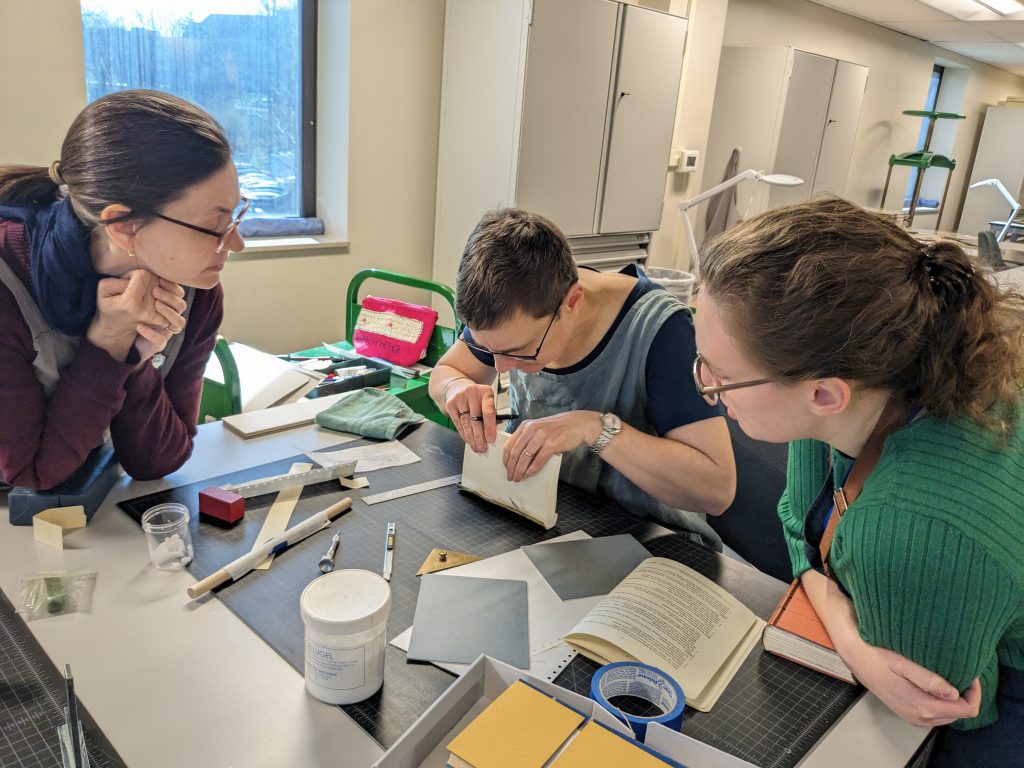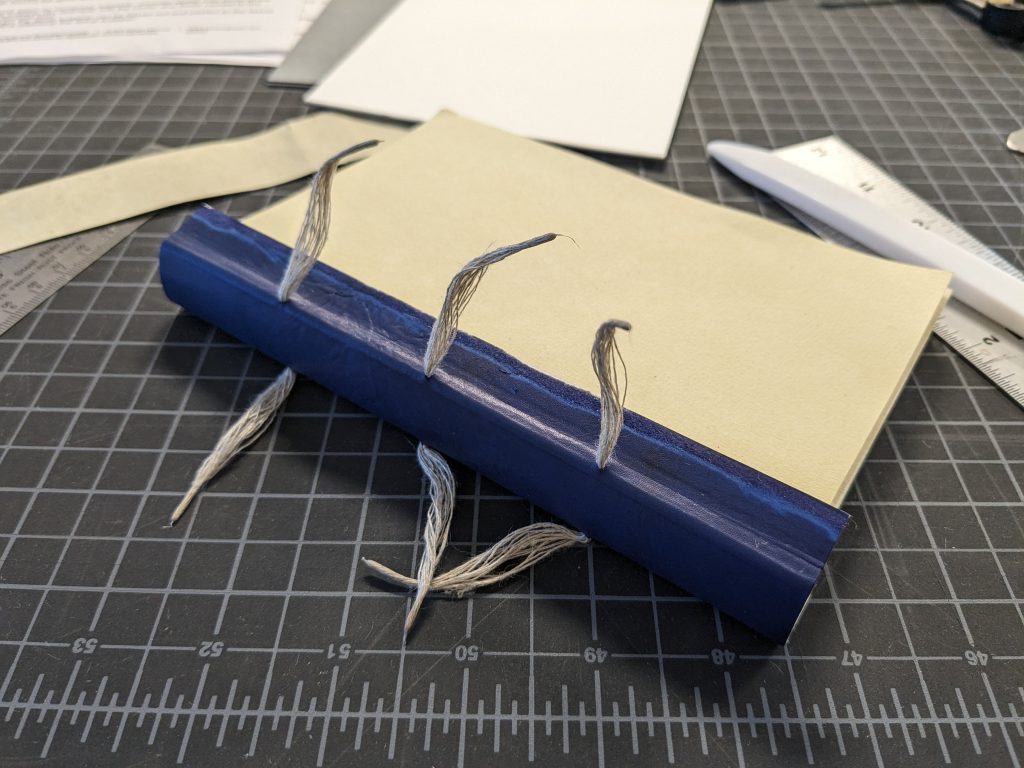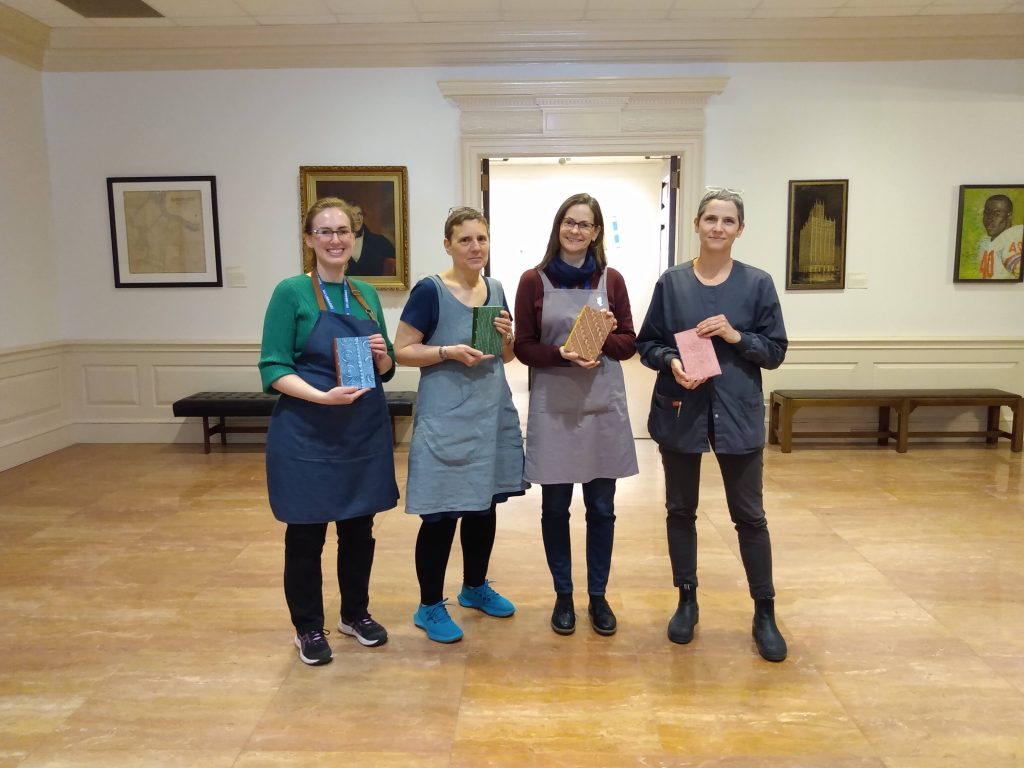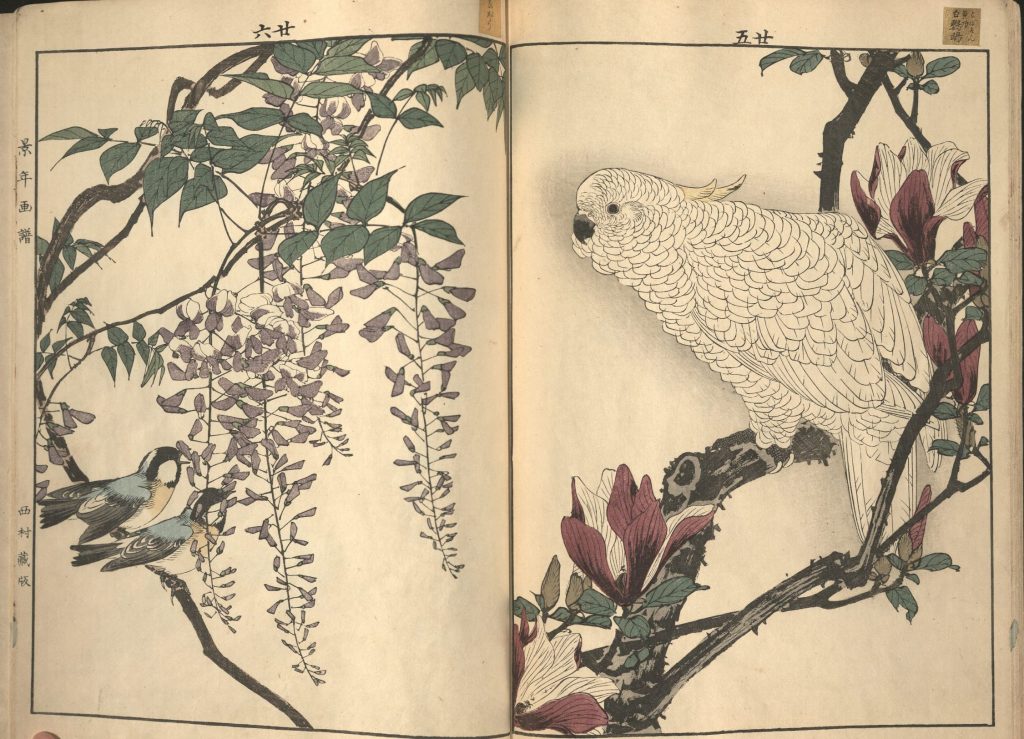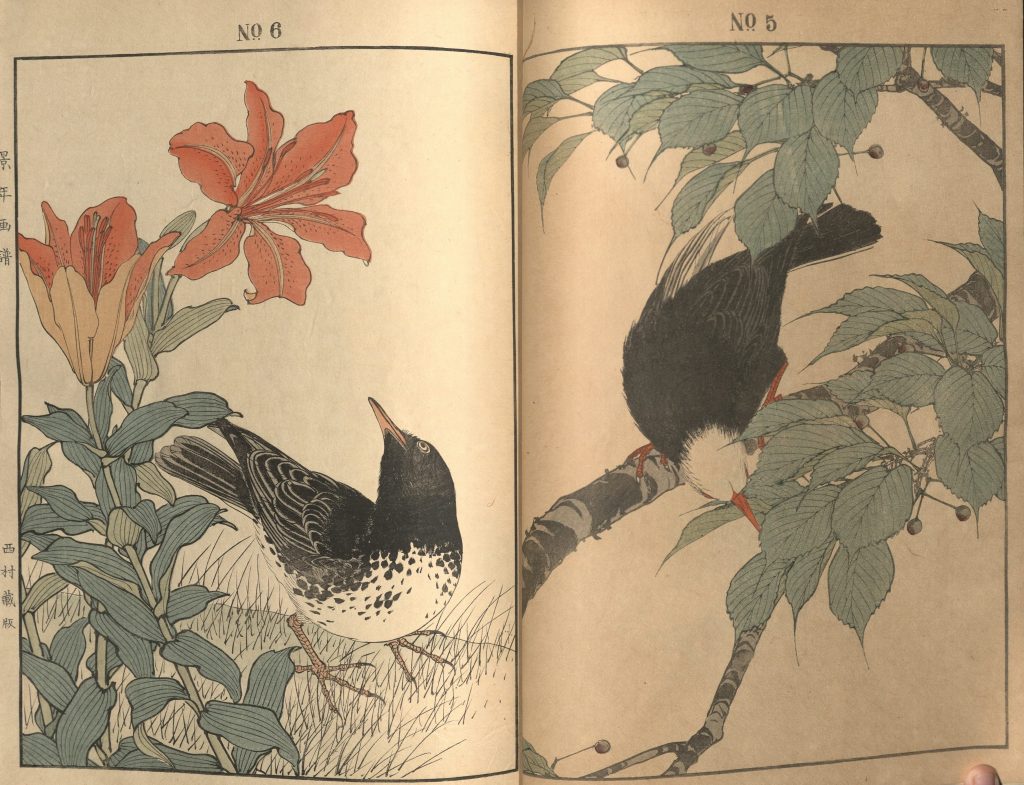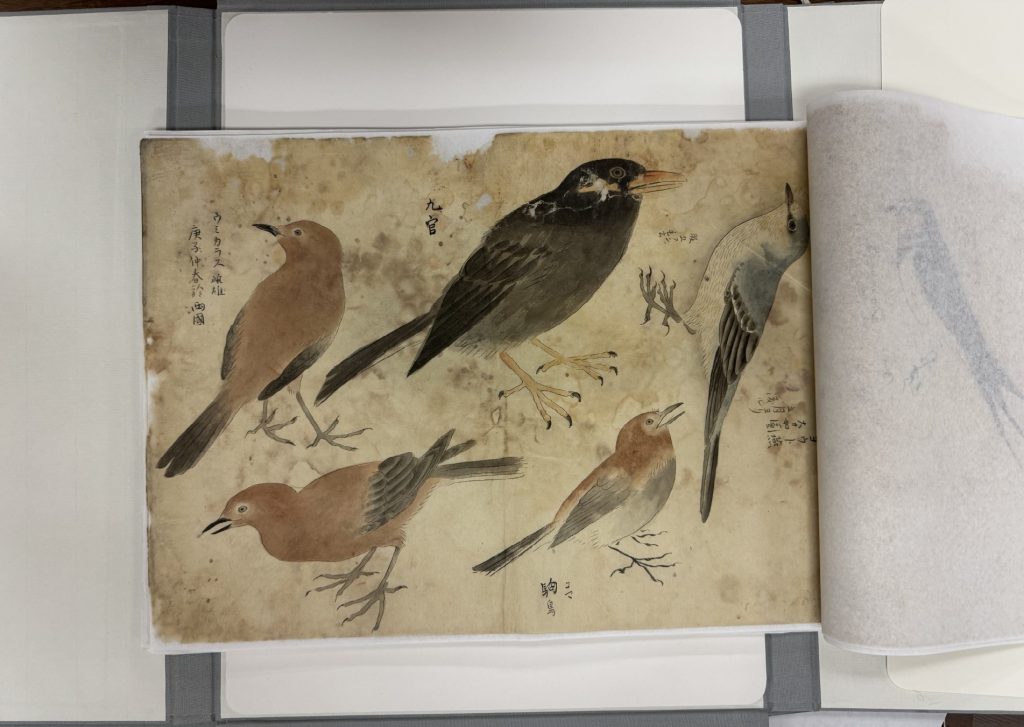Today in the Lab: Ask a Conservator Day 2024
November 1st, 2024Today, Friday, November 1, 2024, is the fifth annual Ask a Conservator Day, an initiative of the American Institute for Conservation (AIC), the national professional organization for conservators.
Ask a Conservator Day serves a dual purpose. First, it commemorates the flooding of Florence on November 4, 1966, which damaged cultural heritage sites throughout that city and, in the aftermath of the disaster, sparked a massive recovery effort that is seen as the origin of the modern conservation profession. Ask a Conservator Day also serves as an opportunity for conservators and other preservation professionals to educate the public about the conservation profession.
In that spirit, I will revive our occasional Today in the Lab series to share a snapshot of what I am working on right now. The materials at my workbench always represent an ever-changing mixture of long-term projects and one-off treatments with a shorter turnaround time, and at any given time I will have items from all of Spencer’s collecting areas in my queue. So come along on a tour of my workspace!
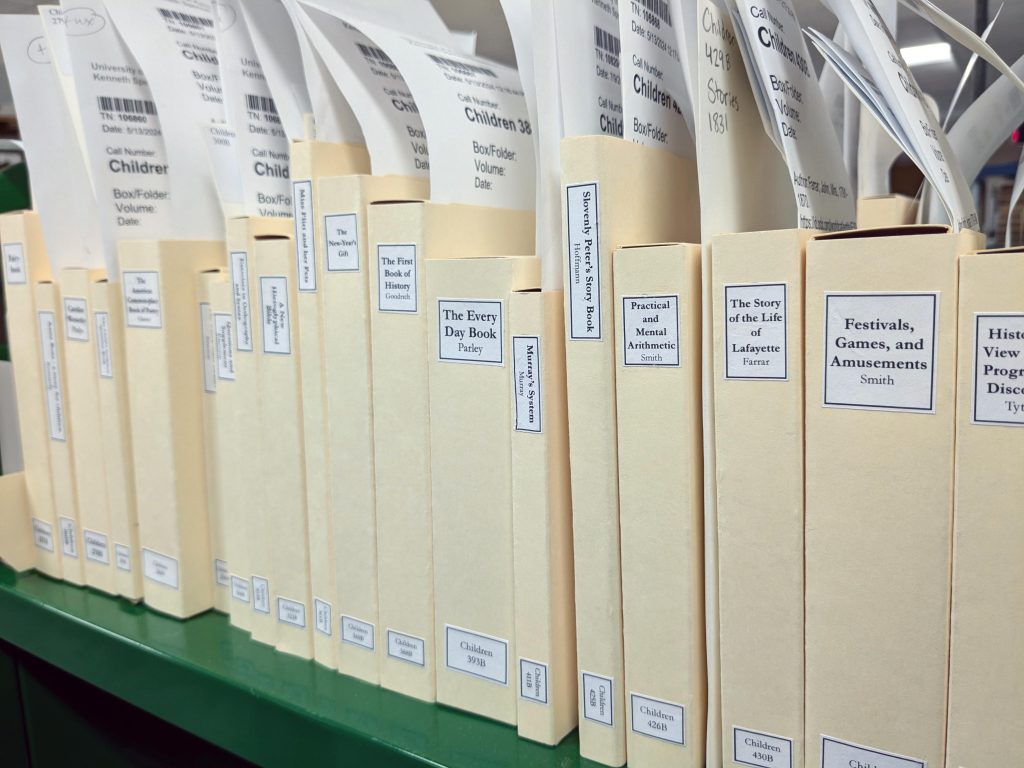
First, on the green book truck next to my bench I have a group of recently catalogued children’s books from Special Collections, mostly from the 19th century. As my colleagues in cataloging complete their work on the records for these materials, they flag volumes that need repair or housing. Our team of Conservation Services student assistants have already made custom enclosures to protect these vulnerable books, and I have been working through the flagged items in batches to complete any needed repairs.
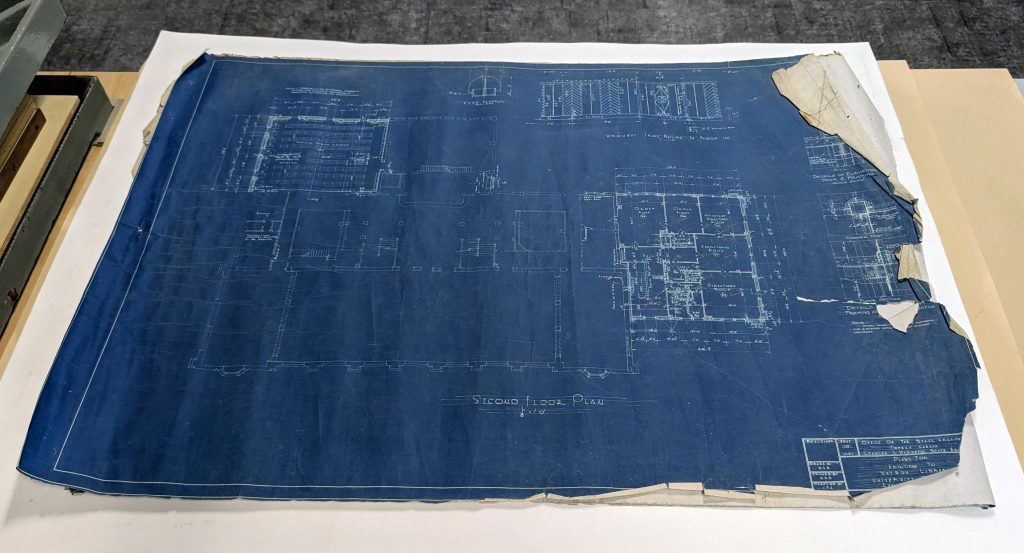
Next, I have several sets of architectural drawings for Watson Library, which is having its centennial this year. These sets are for the original 1922-1924 construction and a 1940’s addition, a total of 116 individual drawings. These drawings bear signs of being used on the construction site: edge tears and creases from frequent rolling and unrolling, builders’ markings in pencil and other media, and a significant accumulation of surface dirt. One by one I have been surface cleaning the drawings on both sides, flattening the creases, and mending the tears with a specially made repair tissue. Just 6 more drawings to go before these sets will be returned to the University Archives, where they will be available once again to researchers.
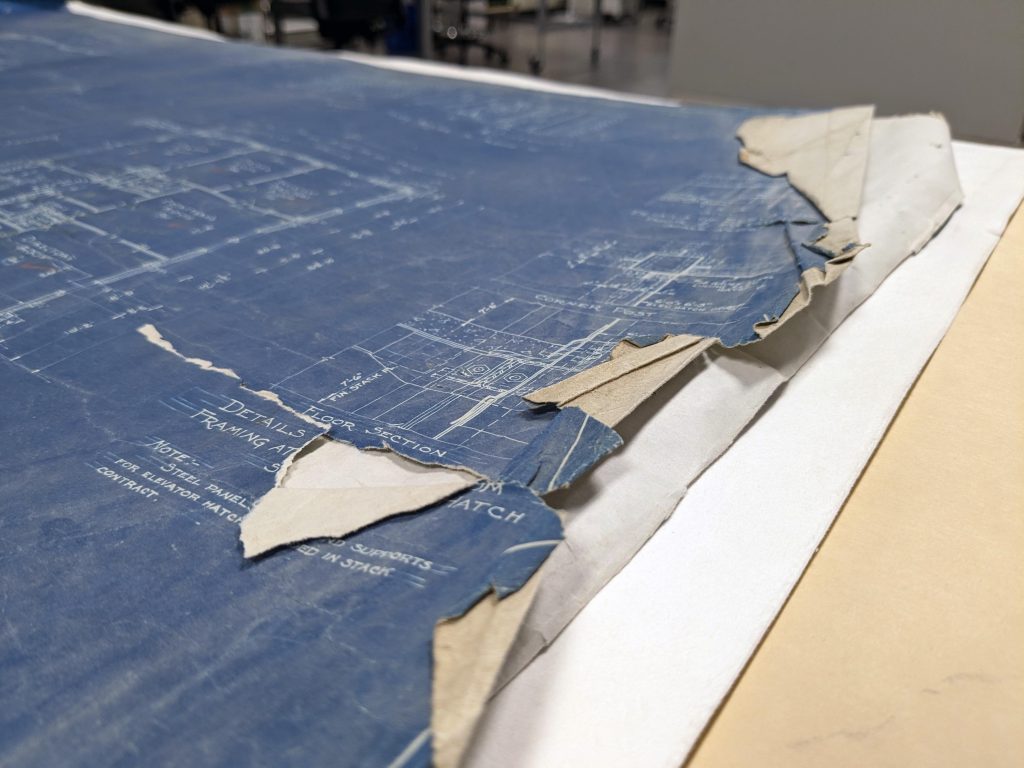
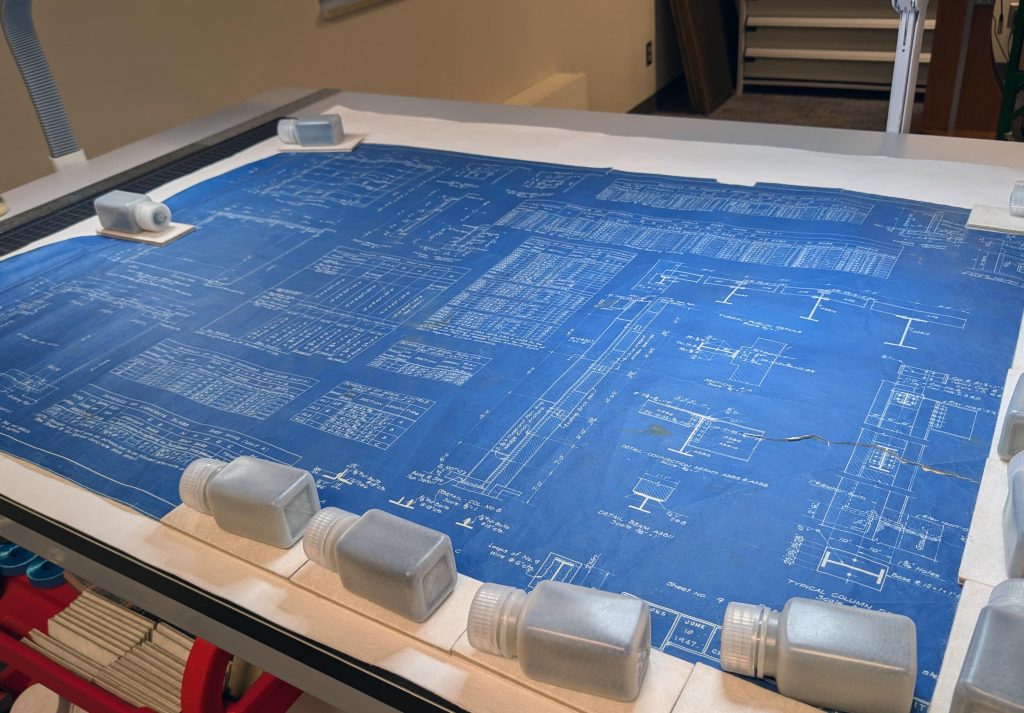
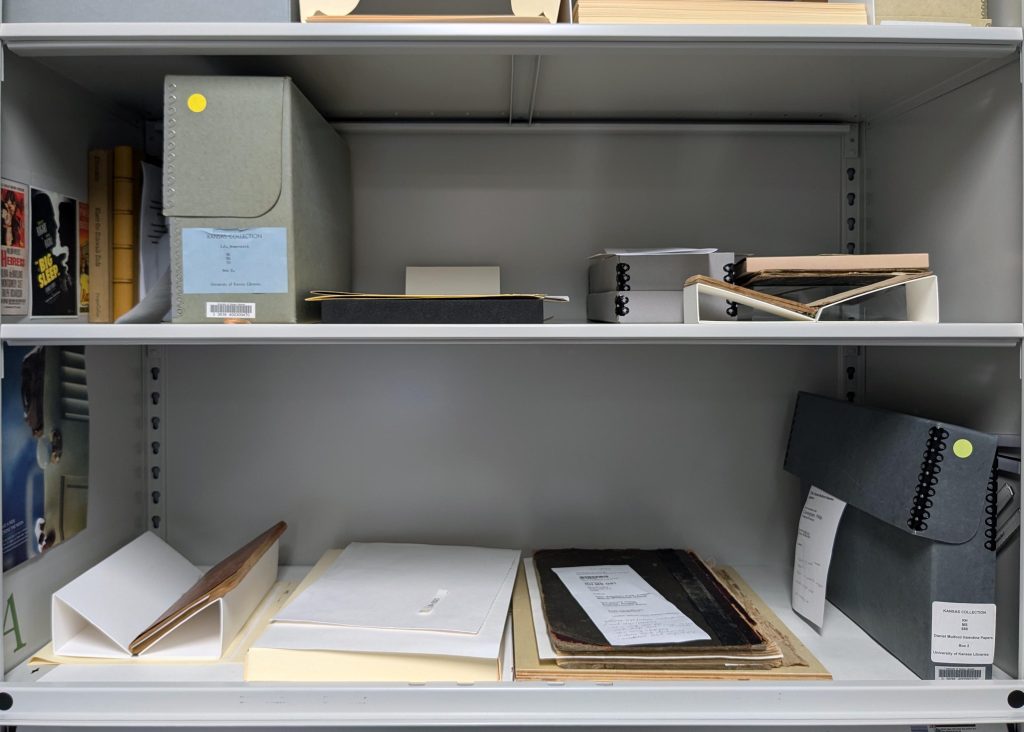
Moving on to my cabinet! Right now the upper section of my cabinet mostly holds materials that I have prepared for an upcoming temporary exhibit. I have made cradles or selected other supports from our supply of exhibit materials, and for now these items are simply waiting for the installation date. On the lower shelf, second from the right, is a very long-term treatment that is in progress, an early 20th century funeral ledger from the Kansas Collection. I have removed duct tape from the spine of the volume and have mended about half of the text block. When mending is completed, I will reinforce the sewing and board attachments so that this fascinating volume will be stable enough for use in the reading room.
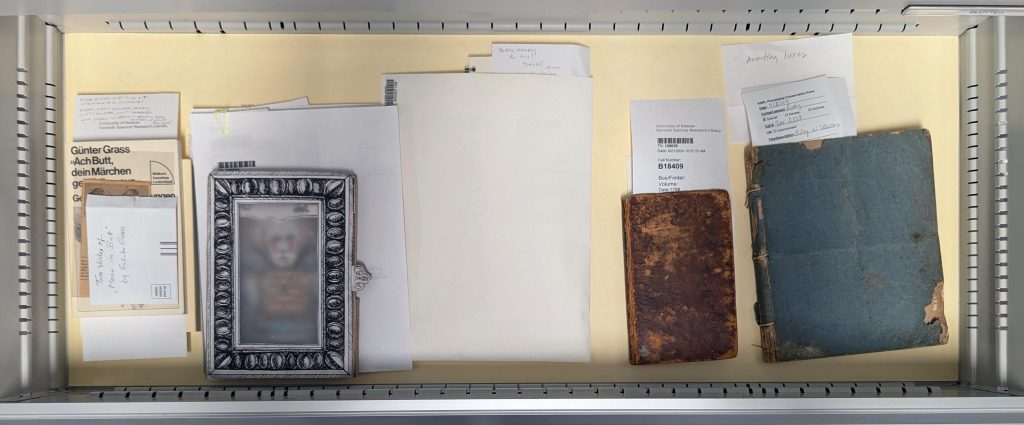
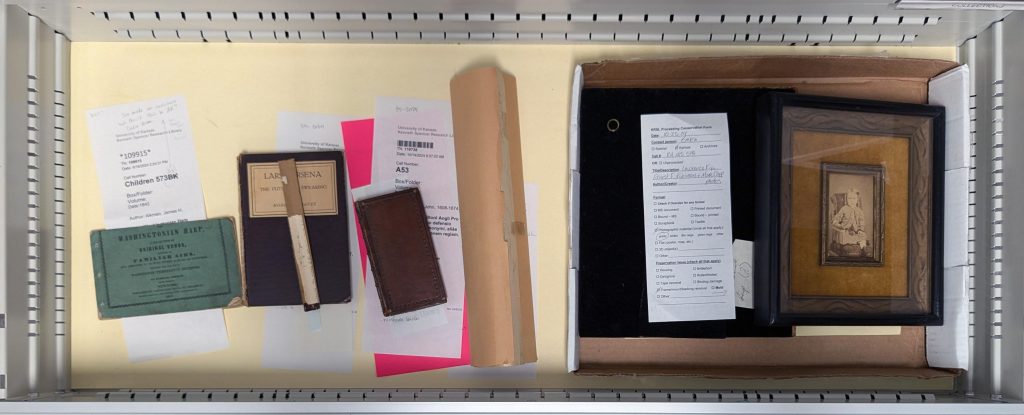
Finally, in two of my lower cabinet drawers I have items awaiting treatment that have come to me either from cataloging and processing, or from the reading room. These are typical of the single-item treatments that make up the bulk of my daily work: items needing custom enclosures, volumes with detached spines or boards, rolled material that needs to be flattened, photographs that need to be removed from frames. This steady stream of “patients” is what keeps my day-to-day work from becoming boring or repetitive, as the depth and variety of Spencer Library’s collections means that I always have something new-to-me to work on.
Angela Andres, special collections conservator

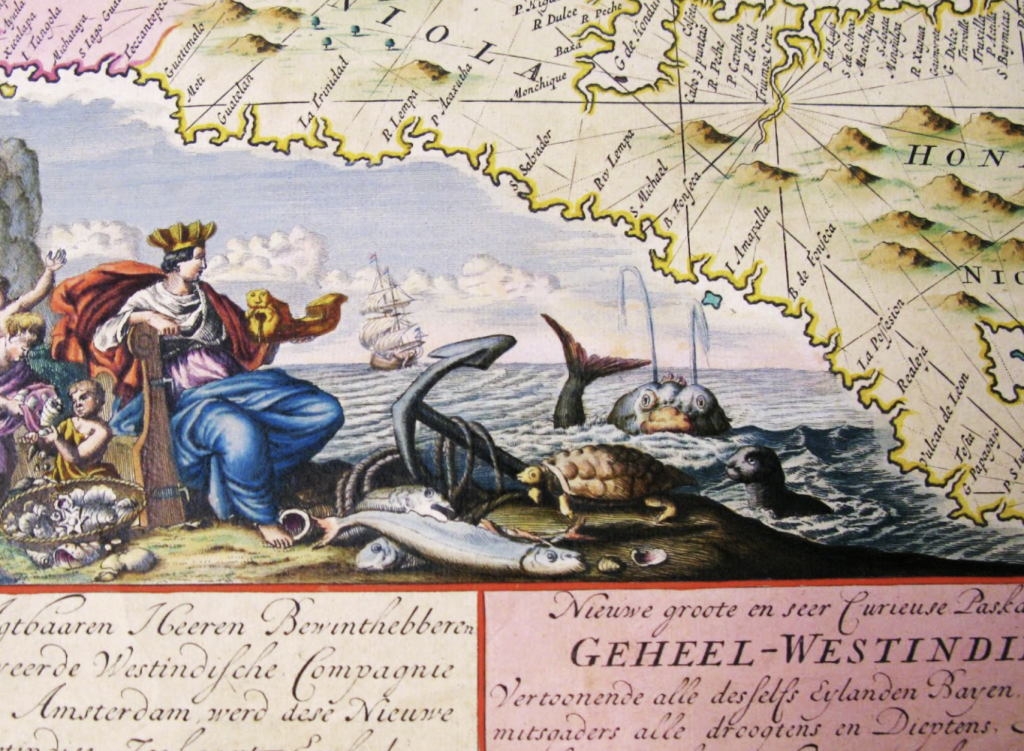
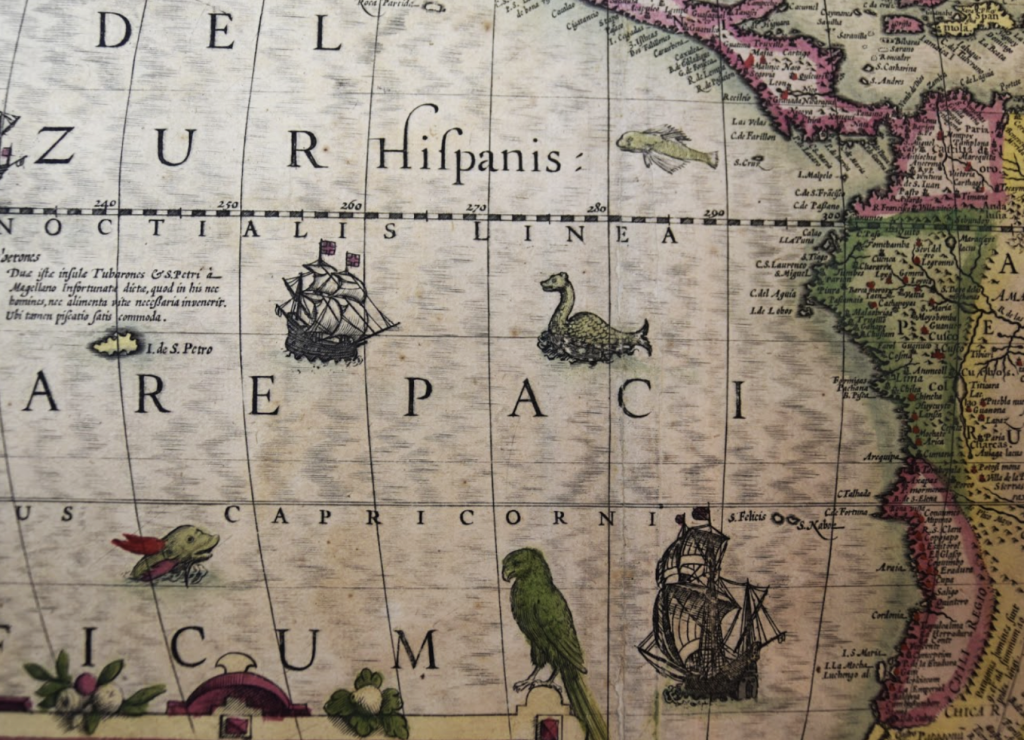
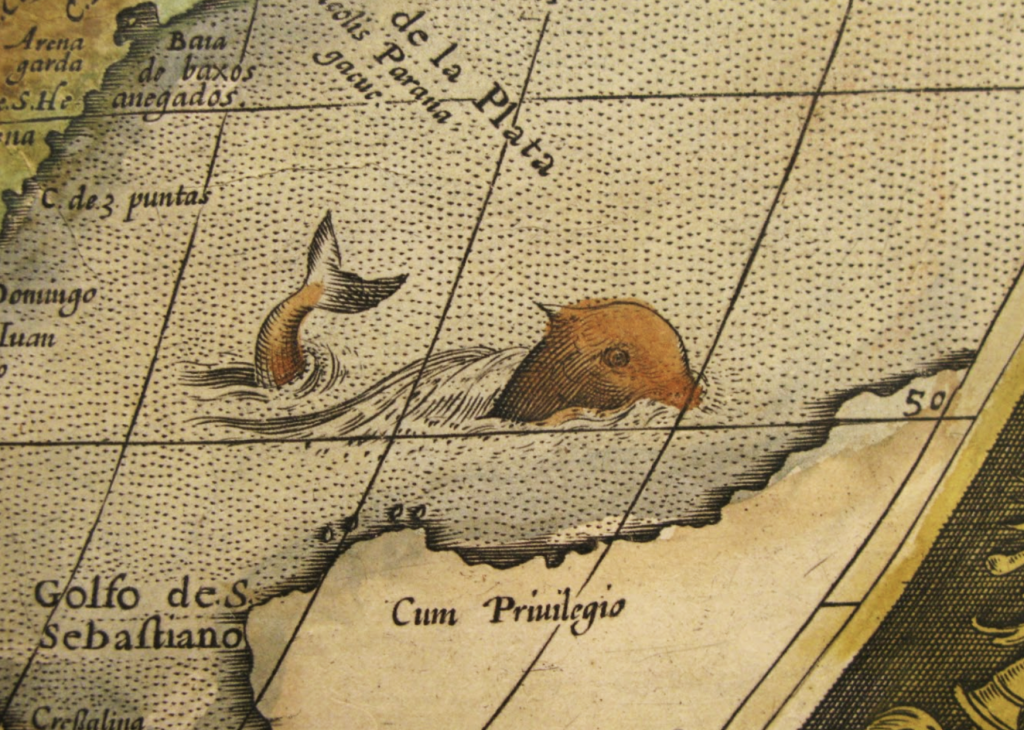
![Full view of the map Nova totius terrarum orbis tabula Amstelaedami...by Frederik de Wit, [173-]. Call Number: Orbis Maps 1:5.](https://blogs.lib.ku.edu/spencer/wp-content/uploads/2024/10/Orbis-Maps-1.5-B-1024x881.png)
